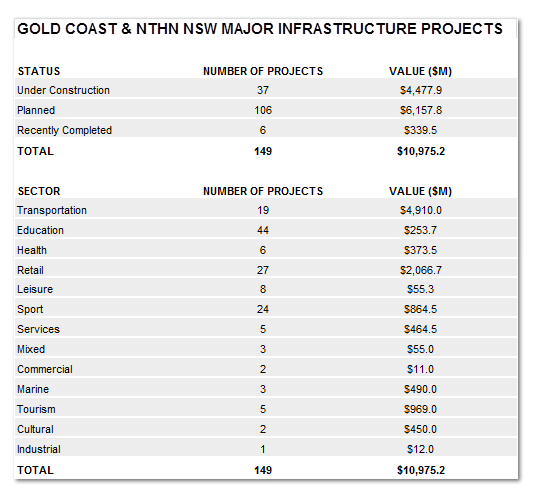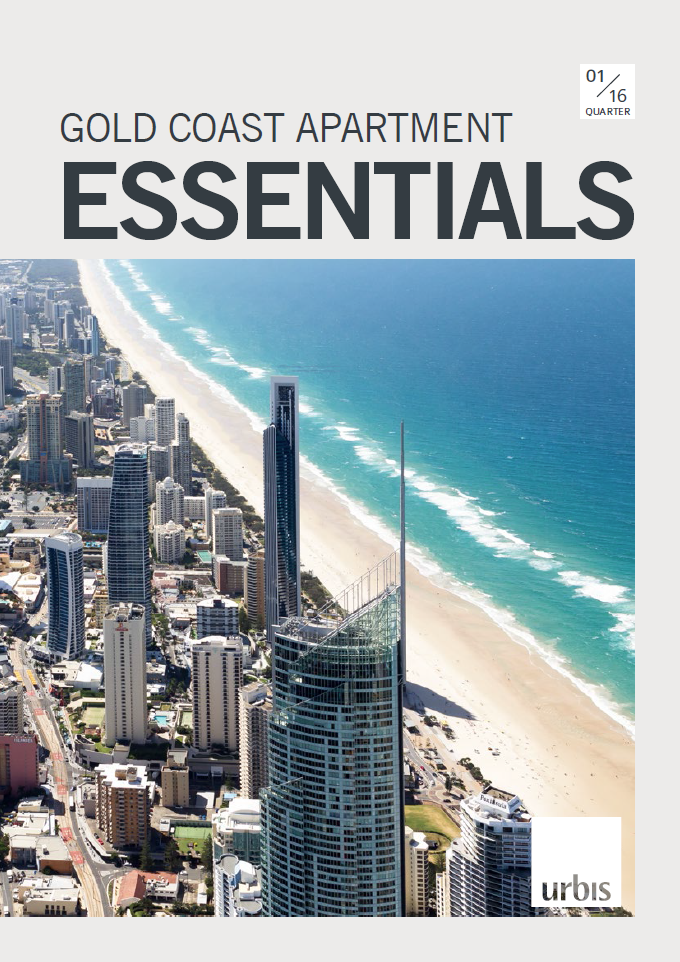“
Demand for Gold Coast apartments continues to be driven by a mix of international, interstate and local buyers, investors and owner occupiers based on the relative affordability to other capital cities, clean lifestyle and renewed confidence.
In the first quarter of 2016, the Urbis Gold Coast Essentials report recorded 436 unconditional sales across 39 surveyed projects with a weighted average sales price of $596,846. This compares to 311 sales in the corresponding quarter of 2015.
Demand for Gold Coast apartments continues to be driven by a mix of international, interstate and local buyers, investors and owner occupiers based on the relative affordability to other capital cities, clean lifestyle and renewed confidence.
We expect continued infrastructure growth and steady sales rates for the remainder of 2016. During the next 12 months, a steady stream of exciting new projects will add to the buzz on the Gold Coast.


